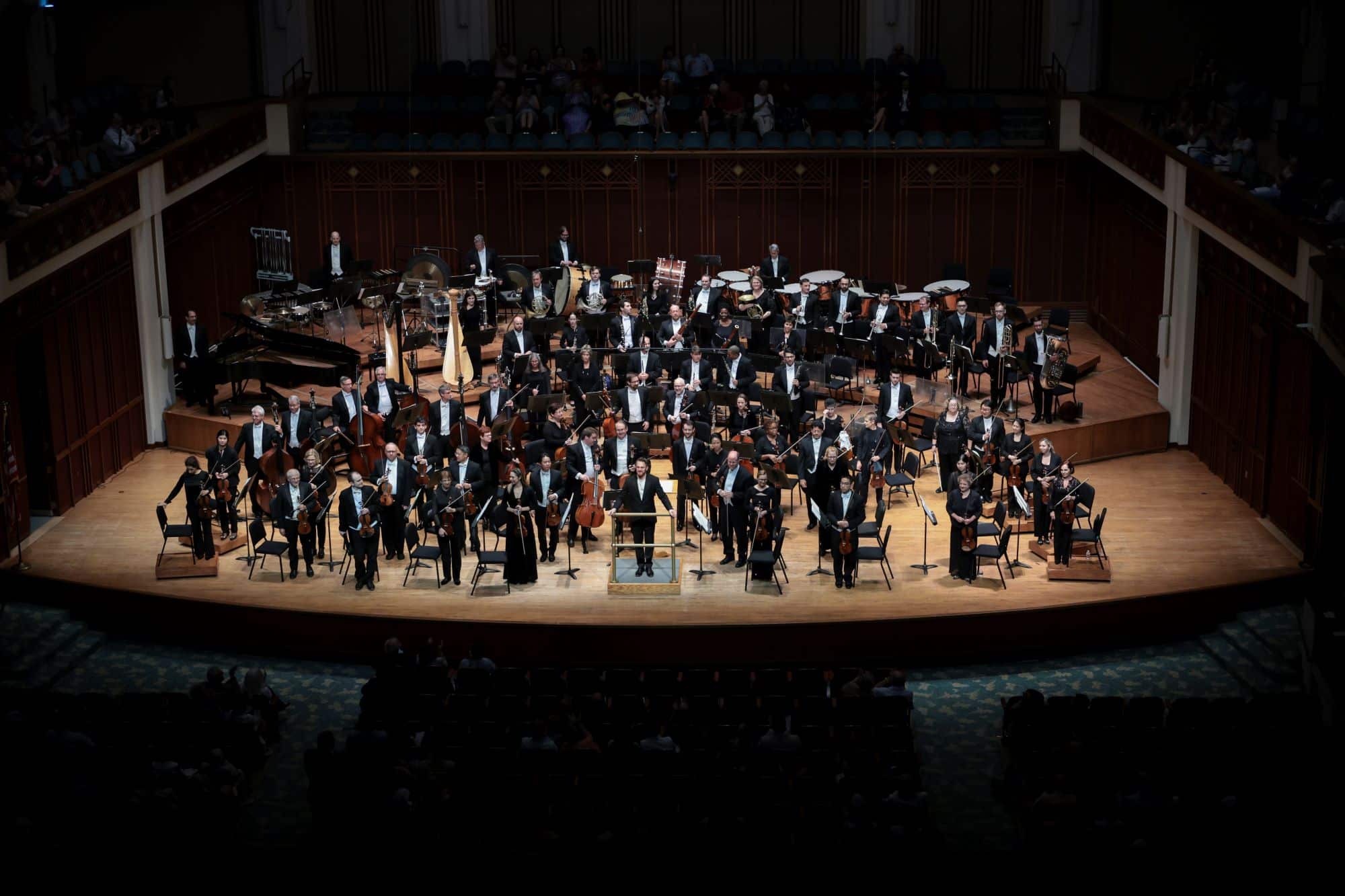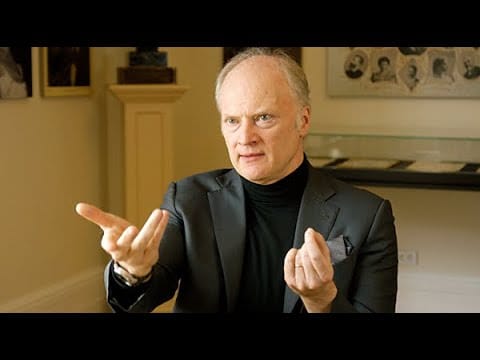Latest: Atlanta Symphony locks out its musicians
UncategorizedFour hours before their contract expired, musicians of the Atlanta Symphony Orchestra sent the following email to its president, Stanley Romanstein:
While we are disappointed not yet to have received the information we requested in our recent email, we nonetheless feel the urgency of the clock upon us and wish to invite you to meet with us at your earliest convenience. We are congregating right now at the Local office, 551 Dutch Valley Road NE, Atlanta, GA 30324. We will await your arrival in order that we can present a new proposal in person. Please let us know when we might expect you and your team.
Paul (on behalf of the ASOPA Committee)
Paul Murphy
President, Atlanta Symphony Orchestra Players Association
There was no reply.
Soon after midnight, Romanstein’s office issued this slick, apparently long-prepared statement:
ATLANTA — Despite months of Collective Bargaining Agreement (CBA) discussions, the Atlanta Symphony Orchestra Players Association and Orchestra management have not reached an agreement on a new contract. As a result, the contract with the musicians’ union has expired, effective 12:00 midnight on Saturday, September 6, 2014. This development may delay or cancel portions of the scheduled 2014-15 season, which is set to open on Thursday, September 25, 2014.
Progress has been very slow, despite eight months of negotiations and ongoing transparency regarding the organization’s finances.
“We are all extremely disappointed that we do not have a new contract,” said Atlanta Symphony Orchestra (ASO) President Stanley E. Romanstein, Ph.D. “While we value the art and the artists of the ASO enormously, we believe we must develop a new model that will allow us to balance our artistic and financial needs. Clearly, that is not the model we have today.”
The ASO has had 12 consecutive years of deficit operations. In the recently completed 2013 – 2014 fiscal year, it had a $2 million deficit, even with a significant contribution from ASO Presents, the concert promotional arm of the ASO. Accumulated debt is approximately $5 million. The ASO endowment has declined to about $70 million today as the Orchestra has taken additional distributions of $18 million to cover its accumulated deficits.

The musicians gave their unspun view (full statement at the foot of this post):
As of midnight September 7th, 2014, ASO President and CEO Stanley Romanstein had refused all requests to meet with the Musicians during the final hours before the 2012-2014 CBA expired, forcing them to submit their most recent proposal electronically. The Musicians emphasized in their proposal that they wish to avoid a labor dispute and propose to continue negotiating while working under the concessionary 2012-14 contract. The musicians have received no response; it appears that the Woodruff Arts Center has locked out the Musicians of the Atlanta Symphony Orchestra for the second time in as many years.
In over eight months of negotiations, the Woodruff Arts Center and ASO Managements have displayed no willingness to find a workable agreement. They have refused to meet in person during the final days before our existing contract expired, and obstinately cling to the concessionary terms of their “last, best, and final offer,” under which the musicians would continue to hemorrhage income and lose orchestra positions.
The ASO’s spinners have avoided the inflammatory term ‘lockout’, but that is what appears to have kicked in at midnight. The musicians are out of work until and unless they knuckle down to lower pay and health care, and far fewer jobs. The ASO wants to cut its complement of musicians by up to one-third, relegating itself to a lower-league orchestra. ‘Doctor’ Romanstein – never trust a bureaucrat who signs himself ‘PhD’ – locked the musicians out two years ago and regards the last settlement as unfinished business.
Atlanta, like Minnesota, has gone into the deep, dark night of lockout through no fault of its musicians.
UPDATE: The grim terms of the lockout here.

Musicians statement in full:
Atlanta, GA September 7, 2014 12:01AM
As of midnight September 7th, 2014, ASO President and CEO Stanley Romanstein had refused all requests to meet with the Musicians during the final hours before the 2012-2014 CBA expired, forcing them to submit their most recent proposal electronically. The Musicians emphasized in their proposal that they wish to avoid a labor dispute and propose to continue negotiating while working under the concessionary 2012-14 contract. The musicians have received no response; it appears that the Woodruff Arts Center has locked out the Musicians of the Atlanta Symphony Orchestra for the second time in as many years.
In over eight months of negotiations, the Woodruff Arts Center and ASO Managements have displayed no willingness to find a workable agreement. They have refused to meet in person during the final days before our existing contract expired, and obstinately cling to the concessionary terms of their “last, best, and final offer,” under which the musicians would continue to hemorrhage income and lose orchestra positions.
Stanley Romanstein publicly accused the Musicians of not being willing to explore alternative health care solutions. Not only is that claim false – but the Musicians have offered the WAC healthcare solutions that would yield a greater savings without cutting into musician compensation any further.
According to the last, best, and final offer presented by the Woodruff Arts Center, the WAC has $3.75 million dollars available to further reduce the size of the orchestra by one third through a voluntary retirement incentive, and yet they will not apply such funding towards an agreement that we can sign. $3.75 million dollars exceeds the amount necessary to fund the musicians proposed increases. This is a WAC attempt to forever deprive the orchestra of its ability to function in the first league of orchestras.
The WAC has not demonstrated through their actions an understanding in the last two years of what is required to sustain a great American Orchestra – either artistically or financially. Because of this, the musicians can not afford to give up control to the WAC in determining the size of the orchestra. The cost of the compensation package of Atlanta Symphony Orchestra Musicians was $12.2 million dollars in 2012. The cost of the compensation package as outlined in the Musicians’ proposal of September 6th will be $11.68 million dollars in 2018, the fourth year of the proposed agreement. Under the Musicians’ proposal, the orchestra’s costs will be less in 2018 than they were six years prior in 2012.





Comments